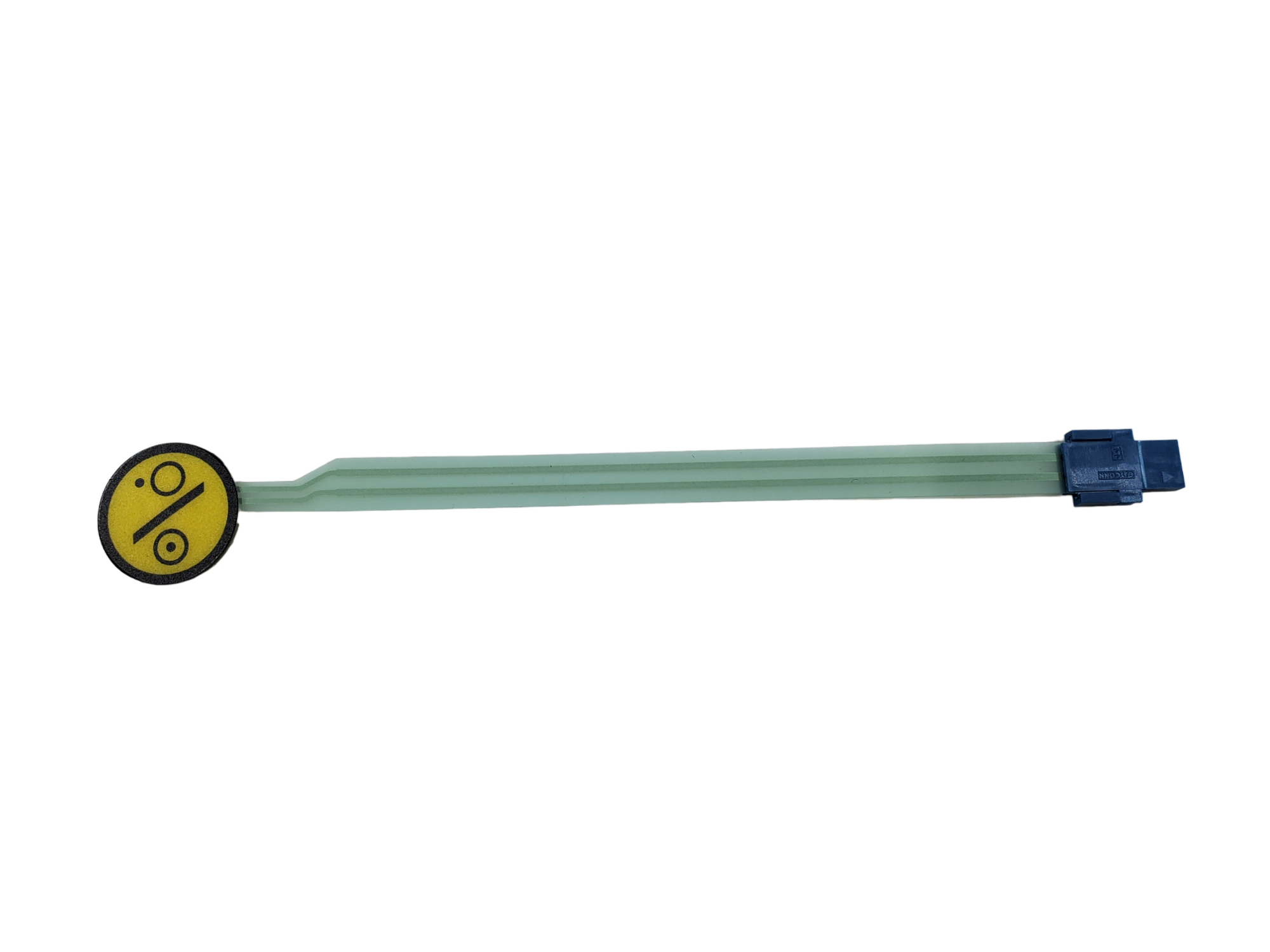Understanding Membrane Switches Over: The Trick to Resilient and Reputable Controls

What Are Membrane Switches?
Membrane layer buttons are an advanced remedy in the world of interface modern technology, incorporating capability and style seamlessly. These devices serve as an interface in between individuals and electronic systems, integrating a number of parts right into a small format. Commonly constructed from adaptable, thin layers of materials, membrane layer buttons are made to reply to touch, enabling customers to interact with machinery and digital devices effectively.
The primary elements of a membrane layer switch consist of a printed circuit layer, graphic overlay, and a spacer layer that stops unexpected activation. The visuals overlay can be customized to reflect brand identification or user choices, enhancing appearances while ensuring usability. Membrane layer switches are commonly made use of in different applications, including clinical devices, consumer electronic devices, and commercial equipment, owing to their toughness and resistance to ecological elements such as moisture and dust.
One of the vital benefits of membrane switches is their capability to endure wear and tear, making them excellent for high-traffic settings. Furthermore, they are lightweight and require marginal area, enabling innovative designs in item growth. Overall, membrane switches over represent a functional and effective option for contemporary digital user interfaces, weding technology with user-centric style principles.
Exactly How Membrane Changes Job
The procedure of membrane layer switches over joints on a straightforward yet reliable system that converts customer input into digital signals. When an individual presses the button, the top layer warps, permitting a conductive element in the circuit layer to make call with a matching conductive pad on the underside of the visuals overlay.
The style of membrane layer buttons can differ, however they often integrate domes or responsive aspects to supply feedback to the user, boosting the overall experience - membrane switch. The products used in membrane switches, such as polyester or polycarbonate, add to their resilience and resistance to environmental factors, consisting of dampness and dirt. Additionally, the published circuits are typically enveloped, which safeguards them from wear and tear over time.
Advantages of Membrane Switches

Additionally, membrane layer buttons are understood for their resilience. Constructed from robust products, they are resistant to dirt, wetness, and physical wear, which considerably expands their life-span compared to conventional mechanical switches. This toughness makes them especially ideal for high-traffic settings and applications calling Recommended Site for longevity.
An additional substantial benefit is the ease of cleansing and upkeep. The smooth surface area of membrane layer changes reduces dirt accumulation and top article is typically invulnerable to spills, making them optimal for setups that need frequent sanitization.
Moreover, membrane layer switches supply a streamlined account, resulting in a thinner design that can be integrated into different gadgets without including mass. This attribute not only enhances the aesthetic appeal yet additionally adds to a more ergonomic item style.
Applications of Membrane Layer Switches
Versatile and straightforward, membrane switches locate applications across a variety of sectors, consisting of medical tools, customer electronics, and commercial equipment. In the medical area, these buttons are integral to devices such as analysis equipment, patient monitoring systems, and infusion pumps, where dependability and ease of cleaning are important. Their ability to endure extreme environments and preserve performance makes them ideal for such applications.

In customer electronic devices, membrane switches are used in items like microwaves, washing equipments, and push-button controls - membrane switch. Their smooth layout allows for intuitive customer interfaces, improving the overall user experience while giving longevity and resistance to tear and use
Commercial tools also profits from membrane buttons, specifically in control panels for machinery and automation systems. These buttons use security versus dust and wetness, ensuring constant efficiency in tough environments. Their personalized features permit suppliers to tailor them to details functional requirements, improving efficiency and functionality.
Picking the Right Membrane Layer Switch
When choosing a membrane layer switch, it is vital to consider various variables that influence efficiency and viability for specific applications. The key considerations consist of ecological conditions, responsive feedback, sturdiness, and style requirements.
First, examine the operating environment; buttons subjected to wetness, chemicals, or extreme temperatures call for specific materials to make sure durability and functionality. Next, evaluate the demand for responsive comments. Relying on customer communication, some applications may gain from a tactile feedback to verify activation, while others may choose a non-tactile design for visual factors.
Durability is another crucial element; membrane switches need to be created to hold up against regular usage, effects, and abrasion. Make certain the picked button can sustain the expected lifecycle, specifically in high-usage scenarios.

Conclusion
In conclusion, membrane layer switches over offer as necessary elements in the style of long lasting and trusted control systems throughout different sectors. The versatility of membrane changes enables for tailored services that satisfy certain operational requirements, enhancing their value in modern innovation.
Membrane layer switches represent an important aspect of contemporary user interface style, blending capability with durability in various applications.Membrane buttons are a sophisticated service in the world of customer interface innovation, incorporating functionality and layout her response effortlessly. Commonly built from adaptable, slim layers of materials, membrane layer switches are created to react to touch, making it possible for individuals to communicate with equipment and digital gadgets properly.
The style of membrane buttons can differ, yet they typically include domes or tactile elements to provide responses to the individual, boosting the general experience.In verdict, membrane layer switches over offer as necessary components in the style of resilient and reliable control systems across different industries.